After my wildly popular The Best Black Paint for Furniture post from last summer, I decided to dedicate a post on the ins and outs and the (often) trials and tribulations of painting furniture white. If painting black furniture is all about choosing the right paint – white-painted furniture is all about the process. Painting furniture white can be tricky with yellowing that can appear over time and stains seeping through! Not to worry, in this – How to Paint Furniture White: Step-by-Step Expert Advice post with the help of some very talented professional furniture refinishers I will demystify getting that perfect white finish. All 6 experts shared with me their favorite white paint and their tips and tricks for getting flawless results every time. They also shared some photos of some of their gorgeous inspiring pieces.
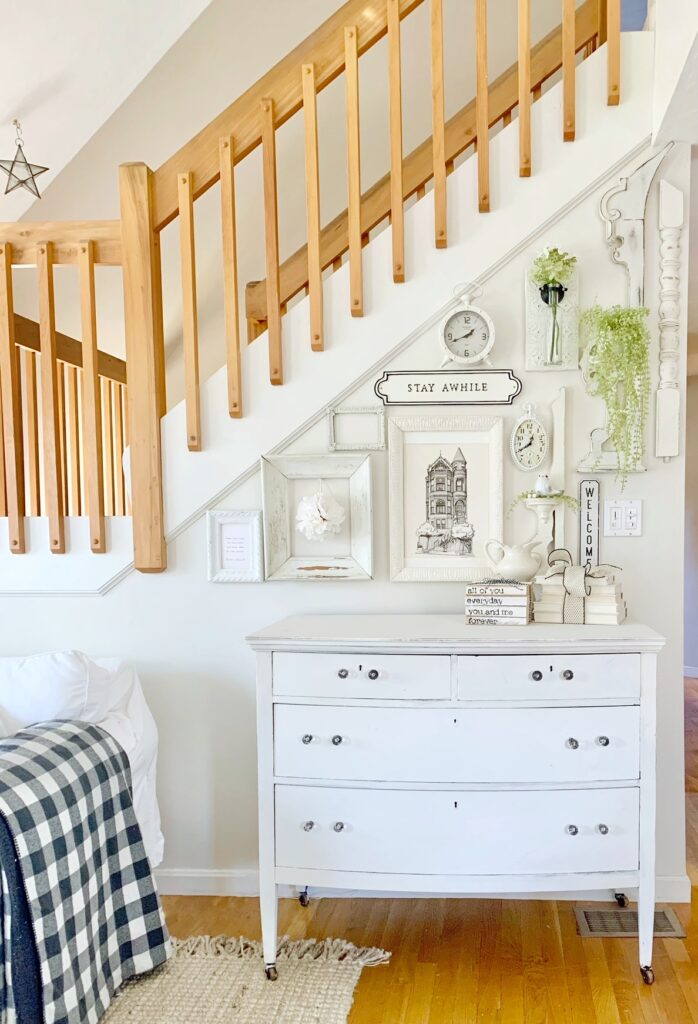
Content may contain affiliate links. When you shop the links, we receive a small commission at no cost to you. Thanks for supporting my small business.
Quick Tips for Painting Furniture White
Welcome to our comprehensive guide on painting furniture white! In this post, we’ve compiled a wealth of knowledge from experts in the field who generously share their insights and tips for achieving the perfect white finish. While the full details are jam-packed with information from seasoned professionals, we understand that sometimes you need a quick reference point. So, to kickstart your furniture painting journey, here’s a concise list of top tips to ensure your white-painting project goes smoothly and flawlessly. Let’s dive in!
- Choose the Right Shade: Select a white paint with the undertones that complement your desired aesthetic – whether it’s stark white, creamy, or with subtle undertones like gray or beige.
- Prep Properly: Clean the furniture surface thoroughly to remove dirt, grease, and old finishes. Sand the surface lightly to create a smooth base for the paint to adhere to.
- Prime for Success: Use a high-quality primer, preferably shellac-based, to prevent bleed-through of dark stains or wood tannins. This step is crucial for achieving a flawless white finish.
- Select the Right Paint Type: Decide between chalk paint, latex paint, or spray paint based on your desired finish and application method. Each type of paint offers different advantages and finish options.
- Apply Thin, Even Coats: Avoid thick coats of paint, which can lead to drips and uneven coverage. Apply multiple thin coats of paint, allowing each coat to dry completely before applying the next.
- Use the Right Tools: Choose high-quality brushes or sprayers suitable for the type of paint you’re using. Opting for quality tools ensures smoother application and better results.
- Consider Sealing: For added protection and durability, consider applying a clear topcoat or wax sealant. This step helps protect the white finish from wear and tear, especially on high-use furniture pieces.
- Address Drips Promptly: If drips or imperfections occur during painting, allow the paint to dry completely, then sand lightly to smooth out the surface before applying additional coats or sealant.
- Test for Yellowing: Some white paints may yellow over time, especially in areas exposed to sunlight. Consider testing a small area or using paints known for their resistance to yellowing.
- Experiment and Learn: Don’t be afraid to experiment with different techniques and products to find what works best for your furniture painting projects. Each piece may require slightly different approaches for optimal results.
By following these quick tips, you’ll be well-equipped to tackle your furniture painting project and achieve that perfect white finish you desire!
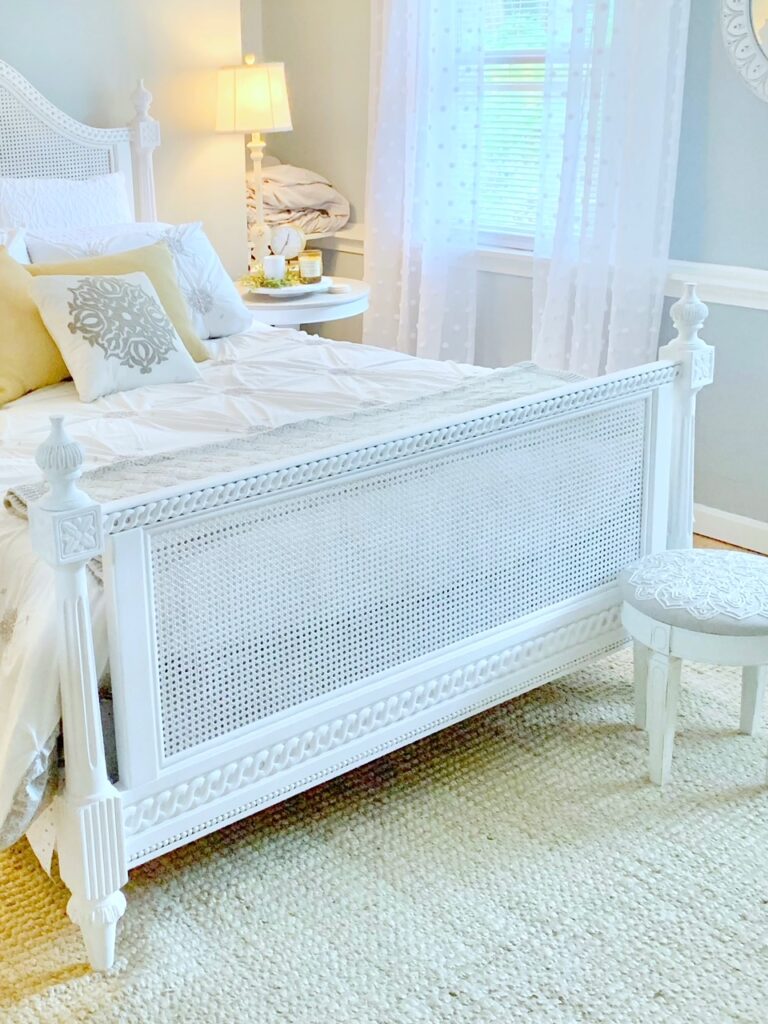
Furniture Painting Glossary
Before we jump in you are going to hear the professionals use terms that you may not be familiar with so I thought it would be helpful to provide a glossary of sorts ahead of time:
- Bleed Through – Dark stained furniture, stained furniture or furniture tannins can all cause bleed-through. Bleed-through can be particularly challenging when painting furniture white. Typically bleed through looks like a big yellow stain on your white finish. It often appears right away however it is also known to show up well after you finished the piece. Because of this, a good stain-blocking primer is often recommended. For more information on bleed through visit my How to Refinish an Antique Mirror with a Dark-Stained Frame post.
- Wood Tannins – Naturally occurring acid chemical found in tree sap. Most are dormant but can become reactive when wood furniture gets wet. If wood is painted with products not specifically designed to trap tannins, the tennis can bleed through resulting in stains.
- Shellac-based Primer – This primer is considered the ultimate stain blocker making it a good option for painting with white paint. This is also the best primer for bare wood.
- Matte finish – A flat or dull finish that is not shiny.
- Distressed look – A paint finish that purposely makes the piece look aged or distressed. For more information on distressing visit my Best paints for distressing furniture post.
- Top Coat – The finishing coat (or sealer) added to a piece of furniture, usually added for protective purposes.
- Undertones – Undertones are colors that are underneath the surface that affects the overall hue. most undertones in white paint will make the color warm or cool.

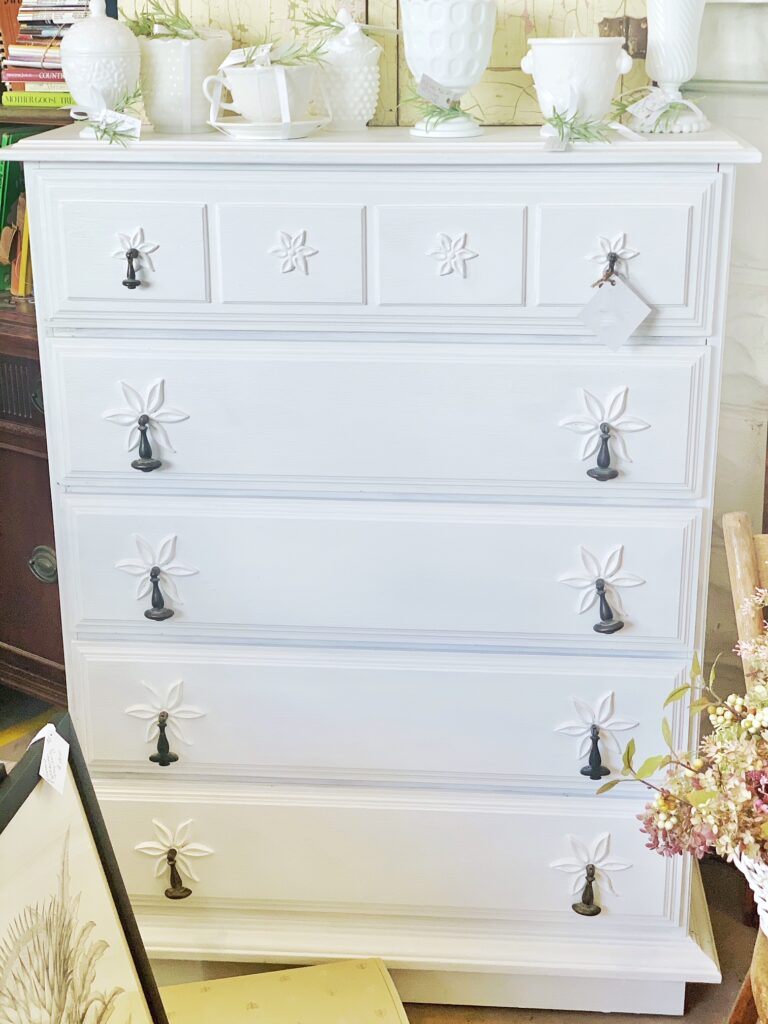
How to Paint for Furniture White
There are currently 8 pieces of furniture and 2 fireplaces painted white in my home so I guess you would say I’m a fan! I have also painted numerous pieces for my vintage booth back when I was a booth owner. I have used Fusion mineral paint, Kiltz chalk paint, Annie Sloan Chalk Paint, Wise Owl chalk paint, Dixie Belle chalk paint, and Latex paint and if I was forced to choose my favorite I would say Dixie Belle Chalk Mineral Paint in the color Cotton. The coverage is so good and I love how well Dixie Belle adheres to furniture. The color “Cotton” is a stunning fresh true white color that leaves a beautiful smooth finish on everything that I have used it on.
I painted the furniture in our guest bedroom with Dixie Belle Cotton and just love the look! Visit my Vintage China cabinet turned linen cabinet post to see how I transformed the piece below. Also on the blog is a post on how I updated this dresser to give it an apothecary look.

My Tip/thoughts:
If painting a dark stained piece of furniture which is often the case I will first apply two coats of Bin Shellac primer using a paintbrush. This helps to keep the dark stain from bleeding through the white. Typically white paint requires at least two coats of paint, this is true for Dixie Belle chalk mineral paint. Most Chalk paint applications have a lot of brush strokes for the first coat of paint and a smooth finish on the second. To finish I like to use clear wax as the protective topcoat – Annie Sloan is my favorite and it’s versatile enough to work on any chalk-painted piece.
Step-by-step Instructions for Painting Furniture White
- Preparation:
Begin by preparing the hutch for painting. Remove any hardware, such as knobs or handles, and set them aside for later. Clean the surface of the hutch thoroughly to remove dust, dirt, and grease. I like to use Dirtex to clean pieces that I plan to paint. Sand the surface lightly to roughen it up a bit, which will help the paint adhere better.
- Priming:
Since the hutch is a dark-stained piece of furniture, it’s essential to prevent any bleeding through the white paint. Apply two coats of Bin Shellac primer using a paintbrush. Ensure that the primer coats are evenly applied and cover the entire surface of the hutch. Allow each coat to dry completely before applying the next one. Be aware the first coat will be very streaky and you may see some yellow staining showing through. Don’t fret the second coat will look much better!
- Painting:
Once the primer has dried completely, it’s time to apply the Dixie Belle Chalk Mineral paint in the color Cotton. Use a high-quality paintbrush or roller and apply the paint evenly in smooth, even strokes. Start with the inside of the hutch and work your way outwards, covering one section at a time. Apply a thin coat of paint and allow it to dry completely before applying the second coat. Once dried go in with a second coat.
- Finishing:
Once the second coat of paint has dried, it’s time to apply the protective topcoat. Annie Sloan clear wax is my preferred choice, use a clean, lint-free cloth to apply a thin layer of wax to the painted surface of the hutch. Work in small sections, rubbing the wax into the paint in a circular motion. Allow the wax to dry for a few minutes, then buff it with another clean cloth to achieve a smooth, matte finish.
- Reassemble:
After the wax has dried completely, reattach any hardware that was removed earlier, or add new ones such as knobs or handles. Ensure that everything is securely fastened and in its proper place.
- Enjoy:
Once the wax has cured completely, your hutch is ready to be enjoyed! Admire the fresh, crisp look of the Dixie Belle Cotton paint and the protective finish provided by the clear wax. Your transformed hutch is now ready to add a touch of elegance and charm to your space.
By following these step-by-step instructions and incorporating these preferred painting techniques and materials, you can achieve a beautiful and durable finish on your hutch that will last for years to come.
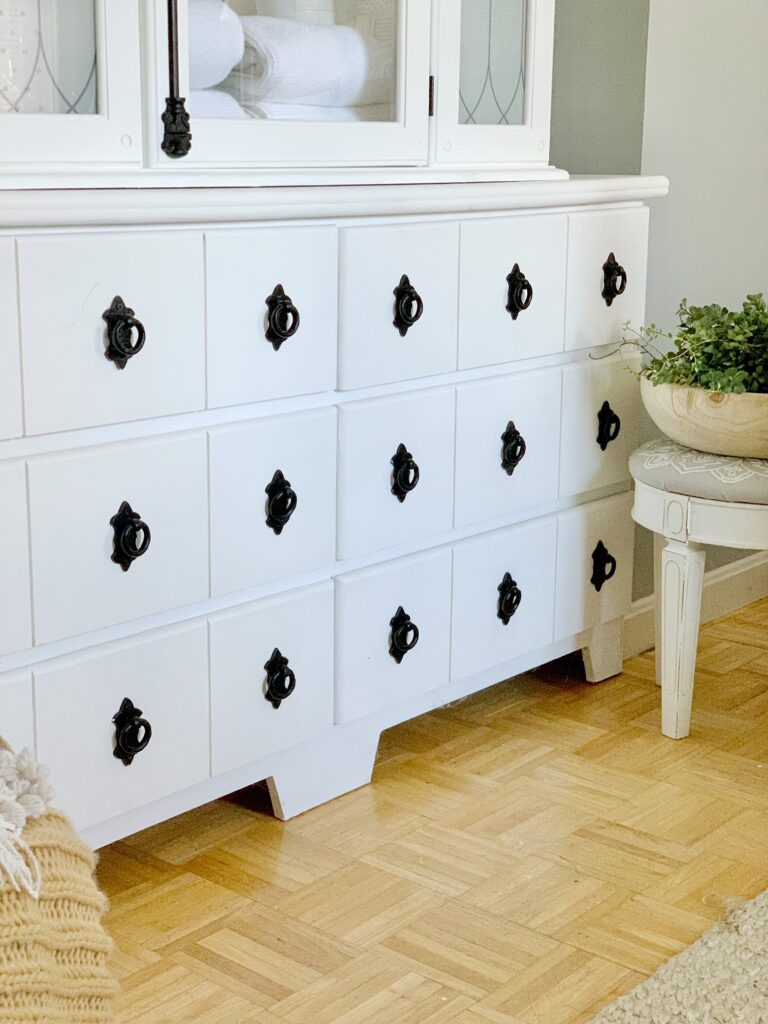
About our Experts
To help my readers take the guesswork out of painting furniture white, I decided to interview 5 other very talented furniture painters all of whom have several years of experience in using paint to bring old furniture pieces back to life. These talented ladies have all worked with several different paint mediums and collectively have painted several hundred pieces of white furniture for their clients. All were so gracious in sharing their expertise and favorite tips for working with white paint on furniture. Keep reading to see what they had to say!
Meet Our Panel of Experts
Krista – Deer Run Vintage
Find Krista on Instagram and on Facebook
Krista is one of the most inspiring furniture refinishers I follow on Instagram. What sets her apart and keeps her loyal customers coming back is her unique ability to use paint in a way that enhances the original beauty of the furniture piece instead of just painting to cover, this takes both talent and vision. When painting a furniture piece, Krista draws upon a myriad of learned techniques to bring forth the original finish in such a subtle but stunning way. Krista’s work is often a mixture of paint and striped or stained wood which she does so incredibly well. Krista is originally from Kansas and is now residing and creating beautiful furniture pieces in Iowa and has a very busy furniture refinishing business!
From Krista:
I tend to like neutral white. I want something not too yellow or creamy and not too bright. Two whites that fit that description and that I choose quite often are Miss Mustard Seed’s Farmhouse White and Alabaster from Sherwin Williams.
The look I’m going for determines the type of paint I will use. If I want a distressed or chippy look, I like to use a powder milk paint. My all-time favorite is Miss Mustard Seed’s, Farmhouse White. Milk paint dries to a very matte finish and needs to be sealed. If a piece won’t get daily use, I like to seal milk paint with Hemp Oil. It can seem a little scary to use it on white paint because the oil can look gold and sometimes green, but it doesn’t affect the color of the white other than darkening or deepening it a little bit. And, it dries to a very matte finish again. If a piece is going to get more use and needs more protection, it could also be sealed with wax or a water-based poly. It definitely needs to be a water-based poly, though, in order to keep the white from looking yellow. Water-based poly has been improved and doesn’t yellow the paint. However, any white paint may start to yellow over time.
If I’m going for a clean (not distressed) look, I like to use Alabaster (from Sherwin Williams). A year or two ago, I started to get tired of the sealing process and so moved to a paint that doesn’t require it. I like to use their Emerald trim paint. Because this paint isn’t really meant for furniture, I will also use a primer under it to be sure it adheres to the piece well. So, in reality, the step I’m saving from not sealing is getting replaced by priming!
Speaking of primer, my go-to primer is Zinsser’s BIN Shellac-Based Primer. Not only does it give a good base for paint to adhere to, but I have found it to be the best option for blocking the wood tannins and/or original stains that can often plague a piece painted in a light color. Plus, it can save a painter from having to do additional coats of paint, as is often needed with light-colored paints!

Cheryl & Amanda – Fine Flipping
Find Cheryl and Amanda on Instagram and on their website Fine Flipping
Cheryl and Amanda are a mother-daughter team located in Ohio. This team of expert furniture refinishers has a great eye for thrifting and finding great pieces to refinish and flip at their vintage booth. Both Cheryl and Amanda can spot a great piece and when refinishing draw upon several paint mediums to choose the best application for the piece. Their Instagram is full of inspiration and they sell their fabulous work at Brothers Antiques North in Medina, OH.
From Cheryl & Amanda:
Our favorite white paint is a homemade chalk paint using Behr latex paint in the color Swiss Coffee. We’ve tried many lines of paint made specifically for furniture but when it comes to white paint we keep coming back to our DIY paint because we love the color Swiss Coffee and its smooth paint finish. In our opinion, the color just can’t be matched. Behr does make a chalk paint that they will tint to Swiss Coffee but to be honest we prefer the homemade DIY version.
Chalk Paint Recipe:
- 1 c. flat paint ( you can use any sheen you prefer, we prefer flat)
- 2T. warm water
- 4T. calcium carbonate
Mix the calcium carbonate and water to form a smooth glaze-like consistency. Then add in the paint, mix well.
White paint (or any light color) is prone to bleed through, to combat this we use Zinsser Shellac. Another good option is Zinsser BIN shellac-based primer. If we know a piece is going to be a ”bleeder” we will prime the entire piece beforehand. Other times, we chance it and treat any spots that might arise. A couple of quick coats of shellac between coats of paint usually does the trick.
We prefer to seal most of our pieces with clear wax (we like the clear wax by Behr.) For heavy-use pieces such as tabletops, we like to use General Finishes High-Performance top coat. We find it helpful to add a tiny bit of your white paint color to the top coat to prevent any yellowing that could occur.
White paint usually takes a couple more steps and an extra coat or two more than most other colors but in the end, it’s well worth it.

Amanda – Easy On The Eyes Custom Furniture:
Find Amanda on Instagram and Facebook
Amanda is a full-time furniture refinisher located in Brandon, MS. She has a private studio in her home and has custom orders booked at a 7-9 month average lead time! Take a look at her Instagram feed and you can see why she is in such high demand! Her work is impeccable featuring a lot of soft hues many mixed with wood tones – all with fabulous hardware. Just beautiful! I just had to ask about her favorite white paint here’s what she had to say.
From Amanda:
One of my favorite shades of white is “Almond” by Heirloom Traditions. It’s a soft, warm white that coordinates well with other colors. Heirloom Traditions paint is super durable and has several great shades of white to choose from. It is widely used by DIYers, from beginners to experienced ones.
One of my favorite features about HTP is the built-in, tough as nails, topcoat. For typical furniture projects, the built-in topcoat provides top-notch durability as it cures. The finish is low luster and easy to clean.
HTP does have a built-in primer, but no matter what paint I’m using, or what piece I’m painting, I ALWAYS prime!!! Aside from the adhesion benefits, you also want to protect your finish from bleeding through. Particularly when working with whites and light colors! My go-to stain-blocking primer is Zinsser Bullseye 123 spray primer. It comes in grey and white and is also available by the quart (or gallon). I opt for grey for the pieces most likely to have bleed-through. Yes, even when painting it white after priming! Something about the grey works wonders on tenacious bleed-through. I always opt to spray it (either aerosol or my HVLP sprayer) because I find brushing on the primer pulls the tannins and other causes of bleeding through to the surface. Allow a couple of hours between coats. If you see any bleed-through, spot prime where needed.
I recently completed an antique walnut sideboard this week that was nearly stripped to raw wood due to the amount of cleaning required. Typically this would bring up concerns about bleed-through, particularly on wood like walnut… but with proper prep and stain-blocking primer, I didn’t have even the smallest spot of bleed-through to contend with!! Not on the sideboard or the matching china cabinet. After thoroughly cleaning with Heirloom Traditions “Deglosser”, scuff sanding, and finishing the needed filling and repairs, followed by another wipe down with Deglosser to remove any remaining dust, etc., you’re then ready to apply the stain-blocking primer.
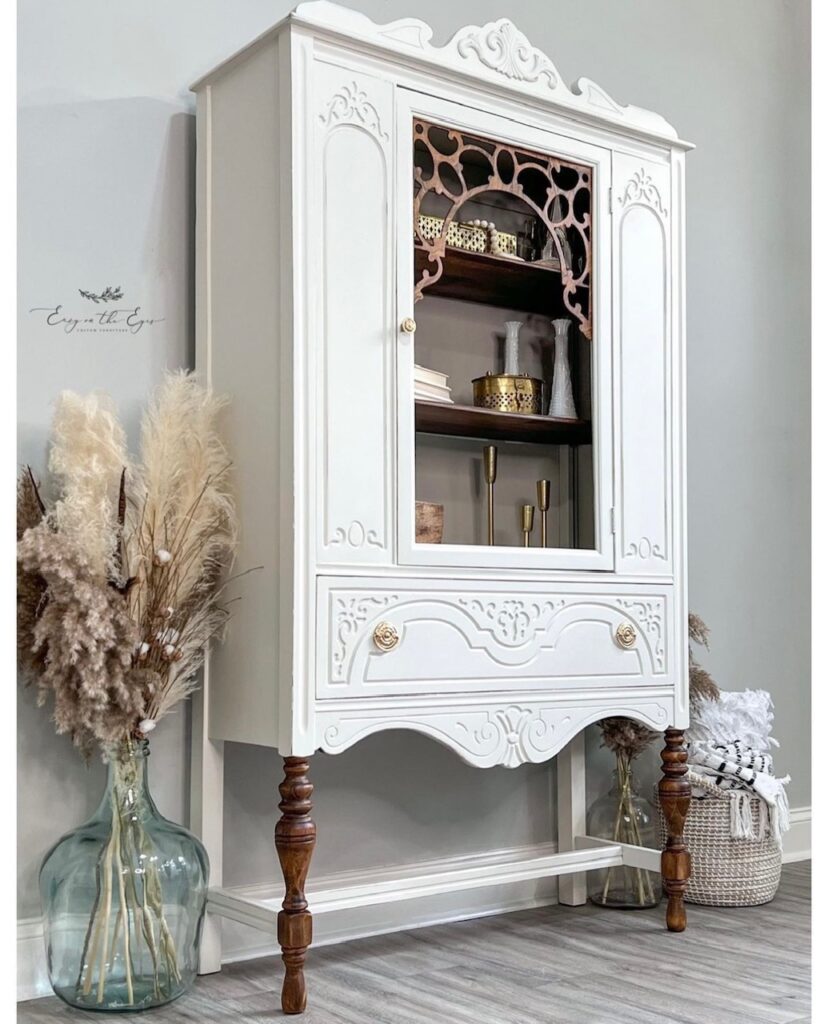
Tonya C – Appaloosa Artisans
Find Tonya on Instagram and on Facebook
As mentioned in an earlier post, Tonya is a furniture refinishing Rockstar! She is able to pump out the most amazing upcycled furniture and shares her work day after day on Instagram. The amount of pieces she refinishes while being a full-time teacher is incredible! Tonya has a large local customer base who love to drop off their latest thrift or antique finds to have Tonya work her magic on them. I knew I needed to hear what she had to say about her favorite white paint. As Tonya shared in my Best black paint for Furniture post, she swears by Rustoleum Spray paint, and boy is she the expert on its application! She typically goes between semi-gloss and matte depending on the piece. When choosing the best spray paint for furniture her process is as follows:
- Step 1 – Clean the furniture piece
- Step 2 – Scuff/sand
- Step 3 – Prime the piece with Rustoleum Primer
- Step 4 – Paint with Rustoleum Paint
- Step 5 – Seal with Polycrylic
From Tonya:
I use Rustoleum spray paints for most pieces— and my favorites would be their white in a semi-gloss sheen and their heirloom white in a satin sheen!! White obviously is a true white and heirloom white is more of a cream— but it doesn’t have any yellow undertones! If I spray with other paints in my sprayer I like Sherwin Williams Alabaster and Benjamin Moore White Dove and Melange Paperie White
(On working with spray paint/dealing with drips) ” I have mastered it through the years. I always spray primer first – the primer gives the paint better adhesion and therefore fewer drips. Then – the trick is small even coats staying 6 inches away from the piece. I will spray the entire piece – not full coverage and then go back and spray again aiming to get full coverage the second time – I do not wait for the first coat to dry. If drips happen – because they may – let it dry completely and then take sandpaper (150 grit) and sand down in the direction of the drip to remove it then sand with 220 grit to smooth. Also -shaking the cans for about 1 minute before spraying helps as well. Be sure to turn the nozzle to the painted dot on the inside of the can— this puts the straw in the can at the optimal place to get the most efficient spray. Flat, satin and semi-gloss are the best to minimize drips and result in a smooth professional finish.
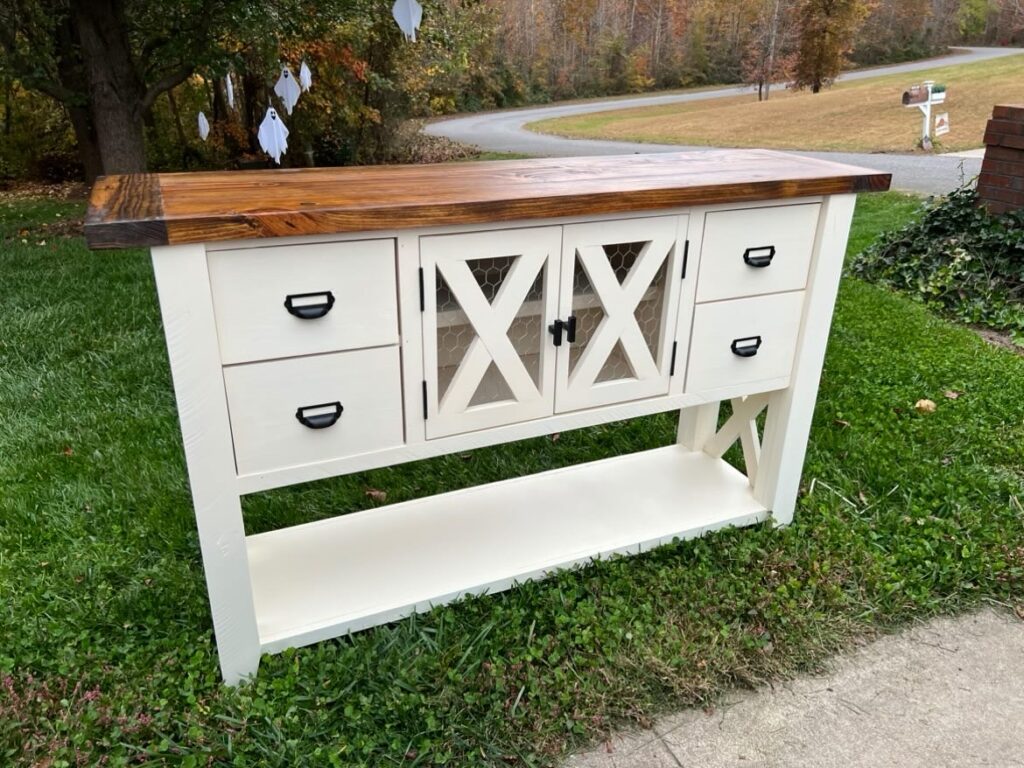
If you are embarking on a furniture painting project please visit my Furniture refinishing page or visit these popular posts below.
Frequently Asked Questions About Painting Furniture White
Clean and sand the furniture, apply 2 coats of BIN primer suitable for the surface, and then apply several thin coats of white paint, allowing each coat to dry completely before applying the next one.
Clean the laminate surface thoroughly, lightly sand it, apply a coat of primer specifically designed for laminate surfaces I recommend Benjamin Moore Stix Primer as it has exceptional bonding properties, and then apply thin coats of white paint, allowing each coat to dry completely.
Use high-quality brushes or rollers, apply thin, even coats of paint, avoid overloading the brush or roller to prevent drips, and sand lightly between coats with fine-grit sandpaper for a smoother finish if necessary.
In this wildly popular post learn how to choose the best black paint for furniture.
Find out the best types of paint for distressing furniture including distressing techniques.
Learn this simple painting technique for creating a faux wood finish.
I hope you found this How to Paint Furniture White: Step-by-Step Expert Advice post helpful! I am so thankful to Tonya, Krista, Amanda, Cheryl and Amanda for sharing their expertise and important tips. The goal was to provide you with the best white paint options and the process these experts take to get the best results for their customers.
Please visit my Creating a Cozy and Inviting White Farmhouse Living Room post for some inspiring ways to showcase your beautiful white furniture pieces in your home.
Keep Creating Friends!
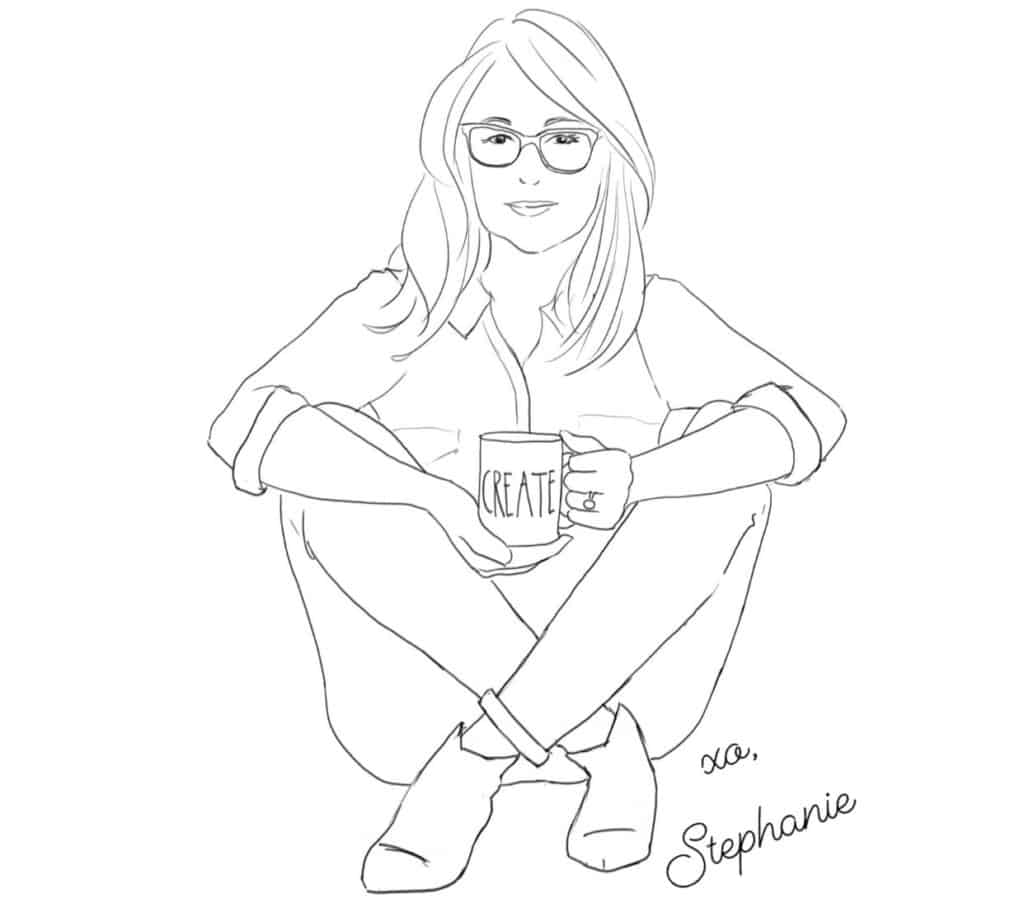



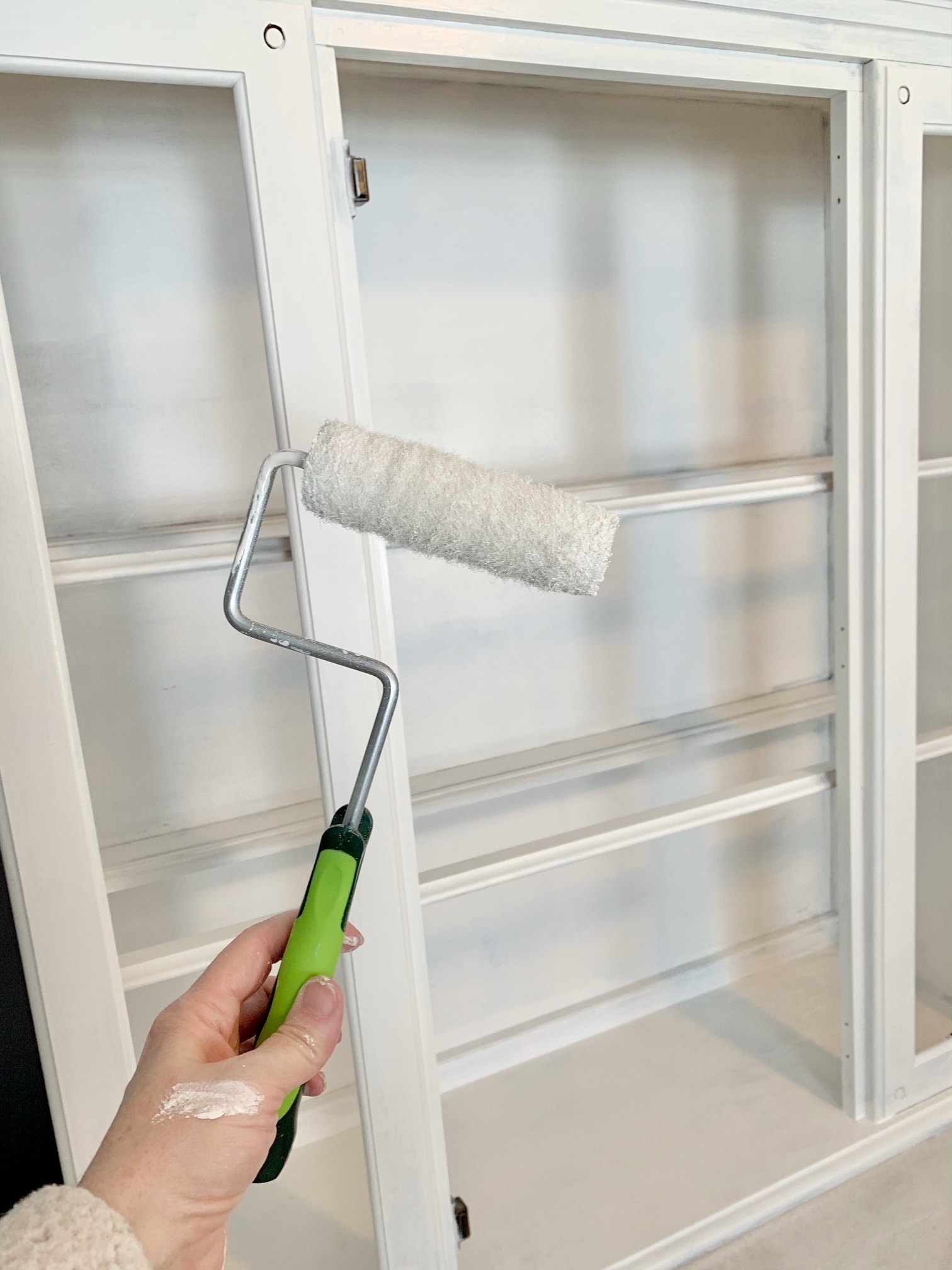

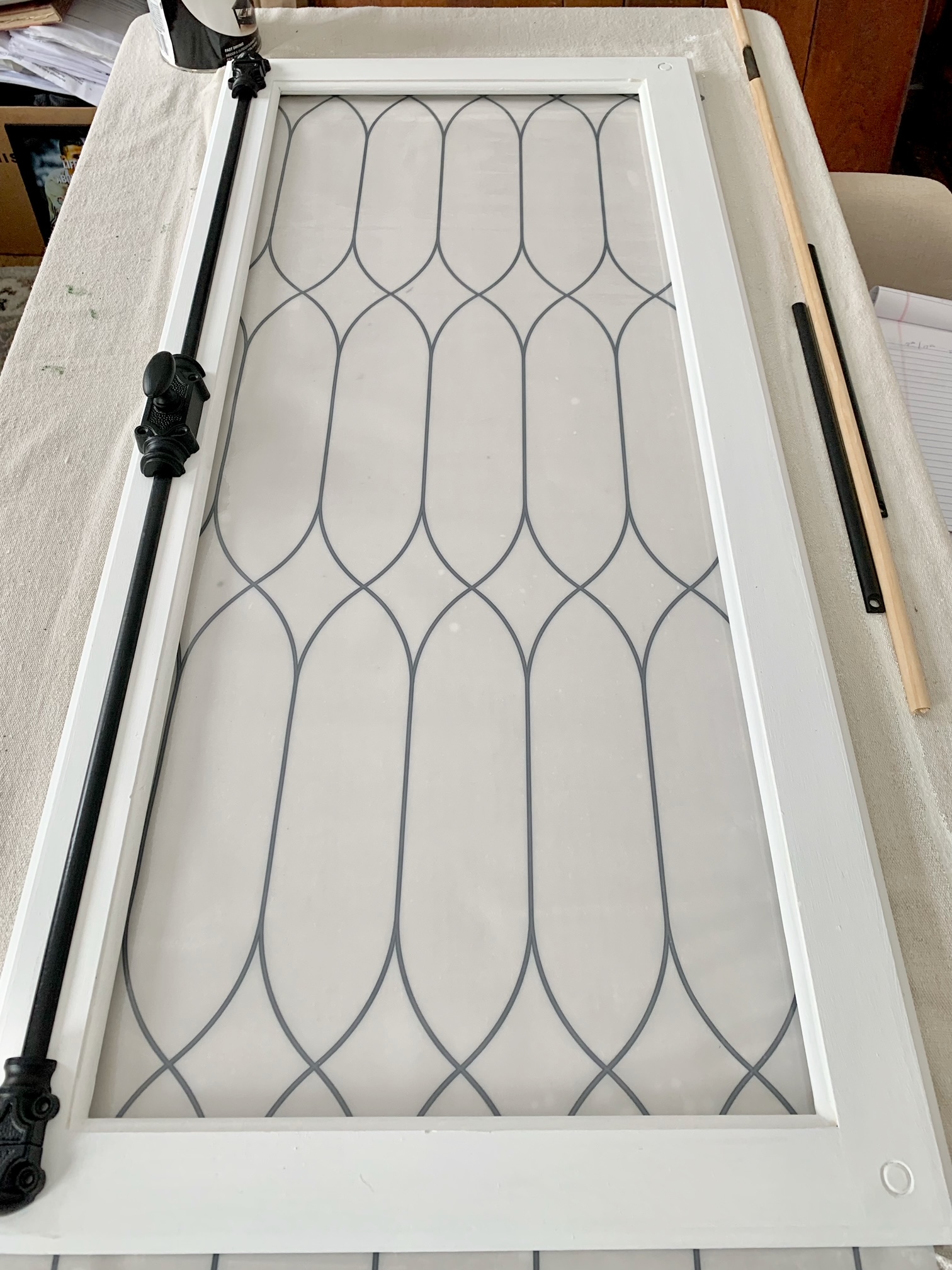
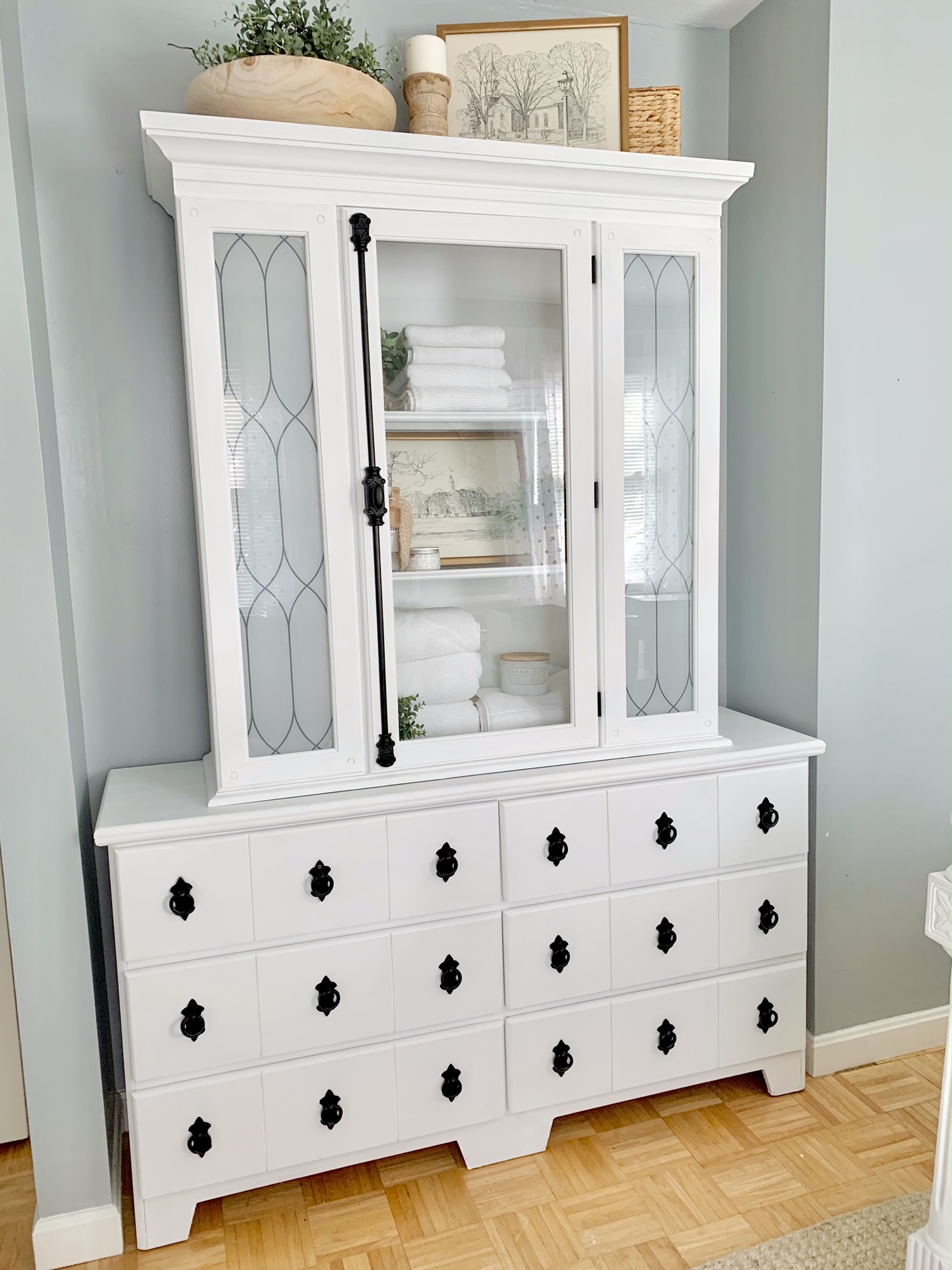

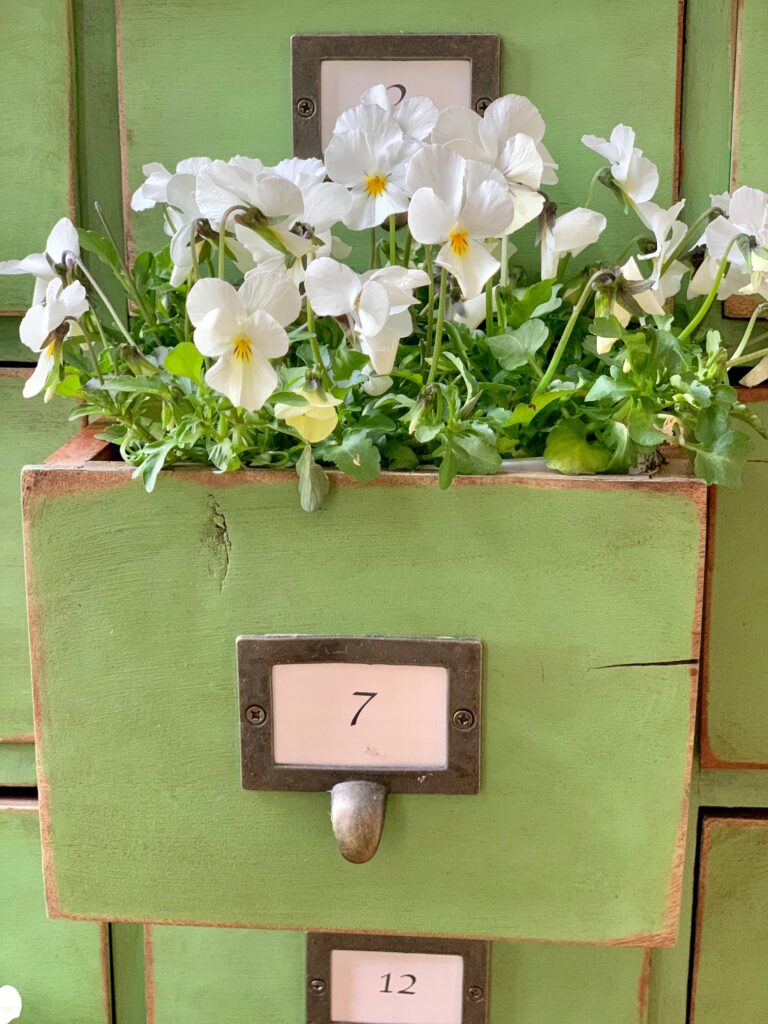
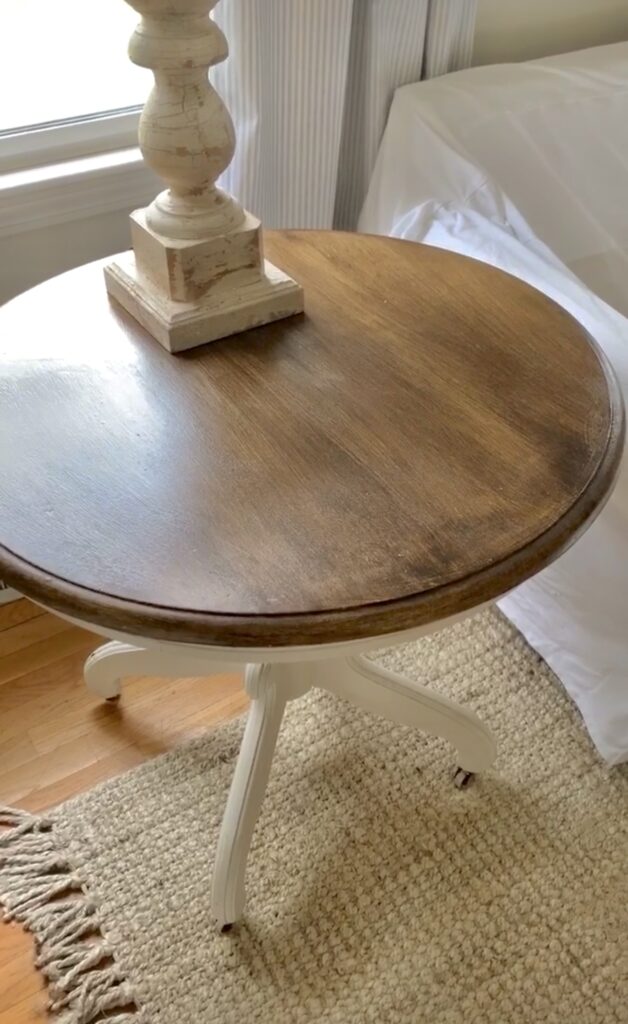
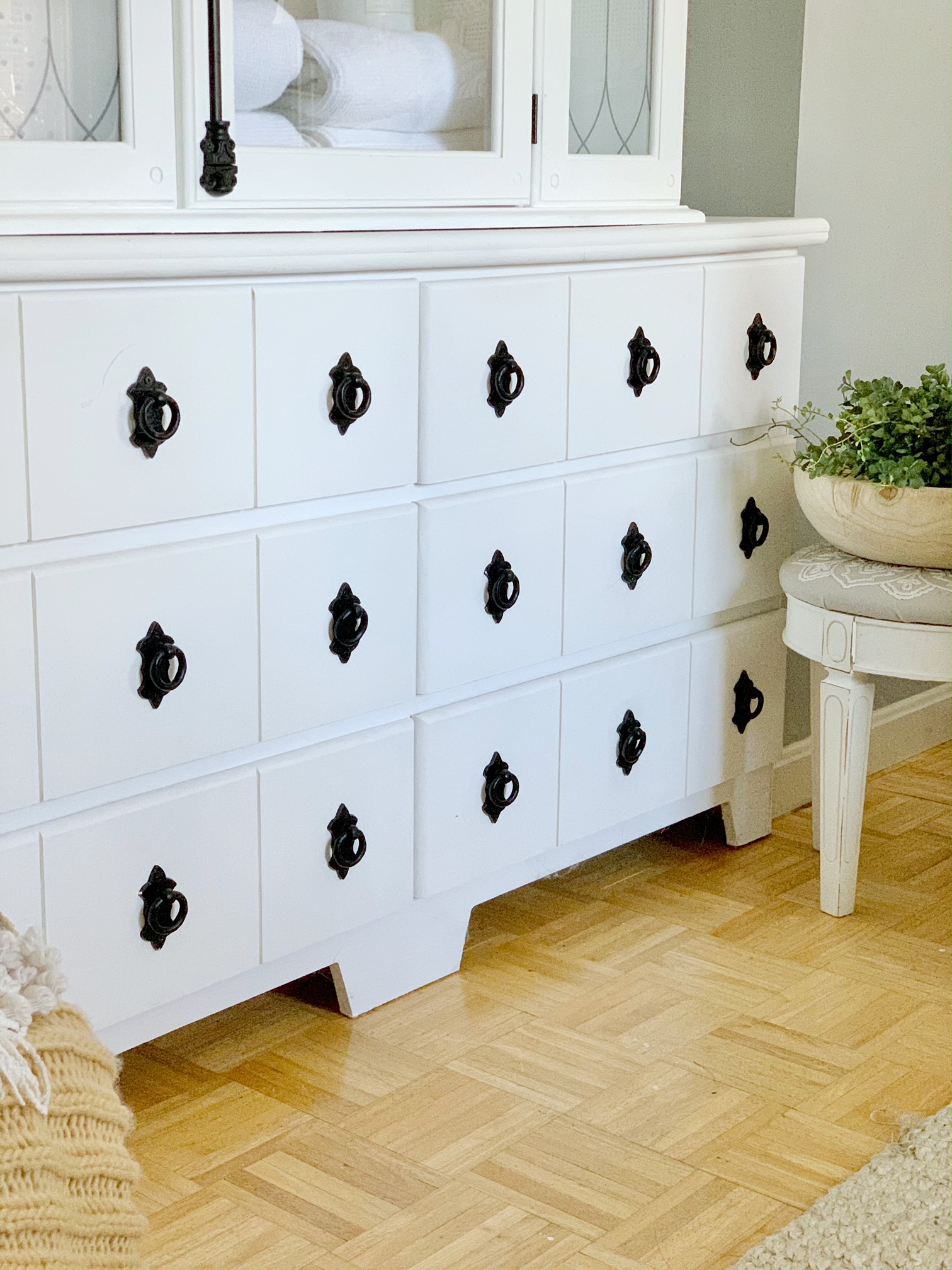



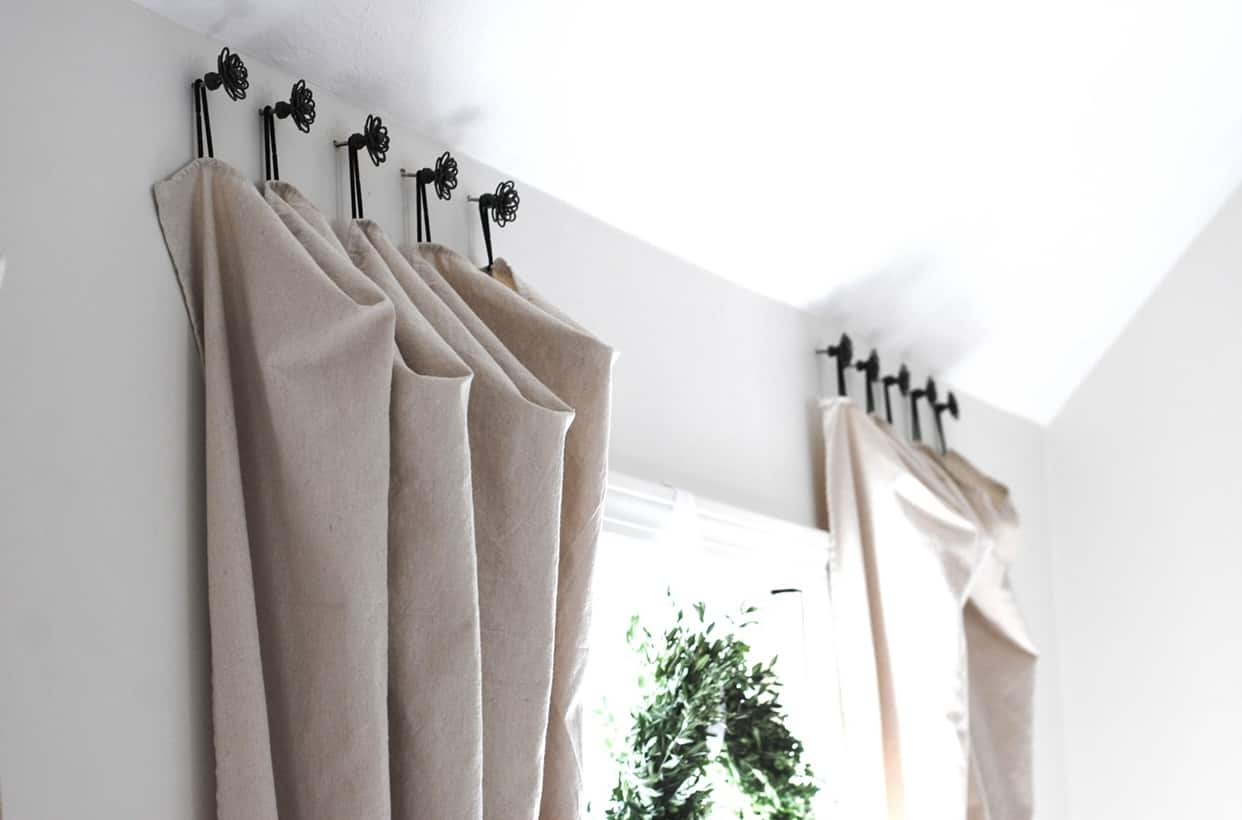

I’m getting ready to paint a inexpensive black piece of furniture white. Found your information super helpful…thanks!
Oh I’m glad! Thanks for visiting the blog!